Additive manufacturing technology advantages
3D printing technology gets rid of the forming limitations of traditional machining and brings new processes and technologies to mold production, which can help mold production reduce costs, improve efficiency and increase quality. Its main application points are: conformal cooling channels, ventilation, Lightweight, multi-material composite manufacturing, etc.
Cut Costs
Reduce material scrap rate, reduce labor input, and reduce manufacturing costs.
Break through complex structure forming
There is no need for mold opening and welding, and the complex structure is formed in one piece.
Achieve lightweight
Structural optimization design takes into account product performance and parts weight reduction.
Increase productivity
The development cycle is shortened, costs are saved, and the quality of parts is stable and excellent.
Metal 3D printing shoe mold case
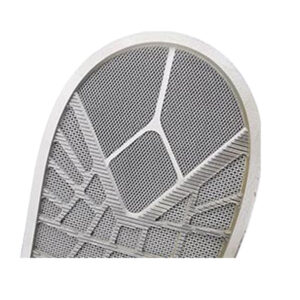
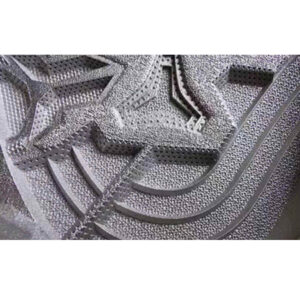
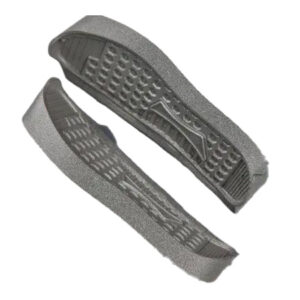
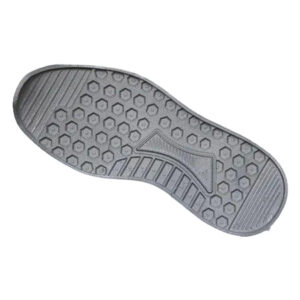
Recommended 3D printing equipment
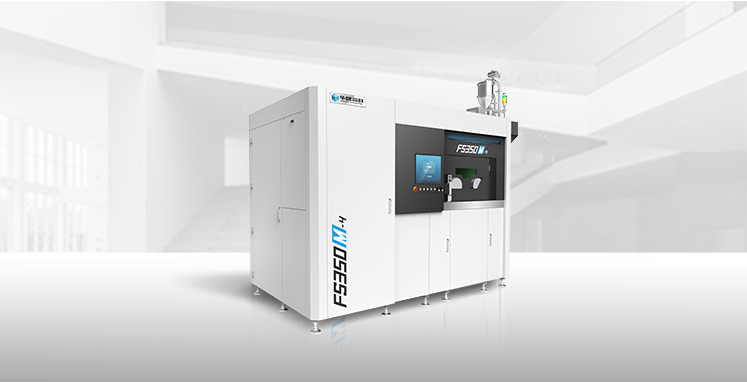
FS350M
Large size, small body, high efficiency four-laser metal additive manufacturing system
Molding cylinder size: 433mm×358mm×400mm (including thickness of molding substrate)
Laser system: fiber laser, 300W×4
It has a large-size molding cylinder of 433×358×400mm (including the thickness of the molding substrate), and is equipped with 4 lasers as standard. It has the leading laser configuration for products of the same level.
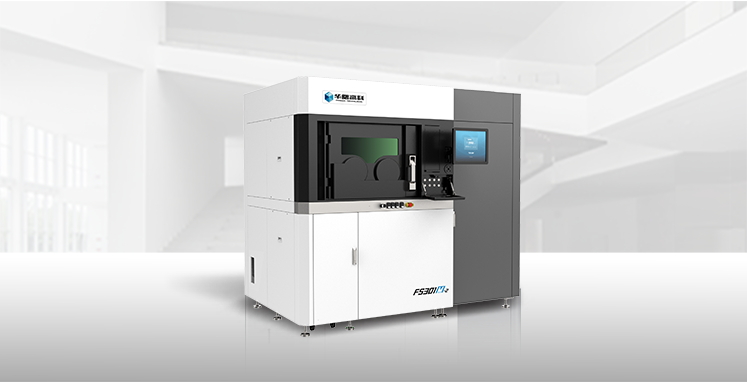
FS301M
High-quality, user-friendly metal additive manufacturing solutions
Forming cylinder size: 305mm×305mm×410mm (including forming substrate thickness)
Laser system: fiber laser, 500W×2
In the factory production mode of additive manufacturing, FS301M allows high-density equipment layout with minimum side distance to achieve maximum production capacity per unit area of the factory, thereby continuously reducing the cost of additive manufacturing.

FS200M
Built for mass production, dual laser metal 3D printing system
Forming cylinder size: 425mm×230mm×300mm (including substrate thickness)
Laser system: dual laser (2×500W)
FS200M covers an area of only 3.48 square meters, which is only half of similar products. It has a large-size forming cylinder of 425*230*300mm. It is equipped with a unique dual laser scanning strategy and two-way powder spreading technology. It is suitable for mass production in aerospace, automobiles, molds and other fields. High-precision, high-performance pa

FS273M
Efficient and mature metal additive manufacturing system for production users
Forming cylinder size: 275mm×275mm×355mm
Laser system: fiber laser, 500W×1
The size is upgraded for production users, the layout is more compact, the filtering system is iteratively upgraded, and the printing quality and uniformity are improved.
Overview of the application of 3D printing technology in the footwear industry
The application of 3D printing technology in the shoe industry can be divided into three stages:
The first stage is the prototype printing stage, such as printing wooden molds and trying on soft soles. At this stage, prototypes can be quickly produced for trial fitting and verification.
The second stage is the customization stage, where real soles can be printed in batches. Through 3D printing technology, customized shoes that meet personal needs can be manufactured based on consumers' individual foot shape data, providing consumers with more comfortable and suitable shoes.
The third stage is the quantitative manufacturing stage, which can print rapid molds, metal molds and real shoe soles. Various 3D printing technologies such as SLA light curing technology, SLS selective sintering technology, CLIP continuous liquid bottom projection technology and SLM selective laser metal forming developed together during this period. Stereolithography dominates the footwear industry because it offers a variety of technology options that meet the needs of a variety of key footwear applications.
The application advantages of 3D printing technology in the shoe industry are as follows:
Personalized customization: Based on consumers’ individual foot shape data, we can quickly produce customized shoes that meet their needs. Compared with traditional shoe manufacturing, 3D printed shoes can provide consumers with more comfortable and suitable shoes.
Lightweight design: Lightweight design is carried out according to the needs of different parts to reduce the overall weight of the shoe. This helps reduce the burden on the wearer, improves wearing comfort, and improves sports performance to a certain extent.
High degree of design freedom: When making shoes, 3D printing technology has a high degree of design freedom and can create a variety of strange shapes and structures. This freedom allows designers to create more personalized and creative shoes that meet the diverse needs of the market.
Saving resources: The traditional shoe manufacturing process produces a lot of waste and waste, while 3D printed shoes can avoid these problems. It only needs to manufacture the required materials according to demand, reducing waste and resource waste, and is more environmentally friendly.
